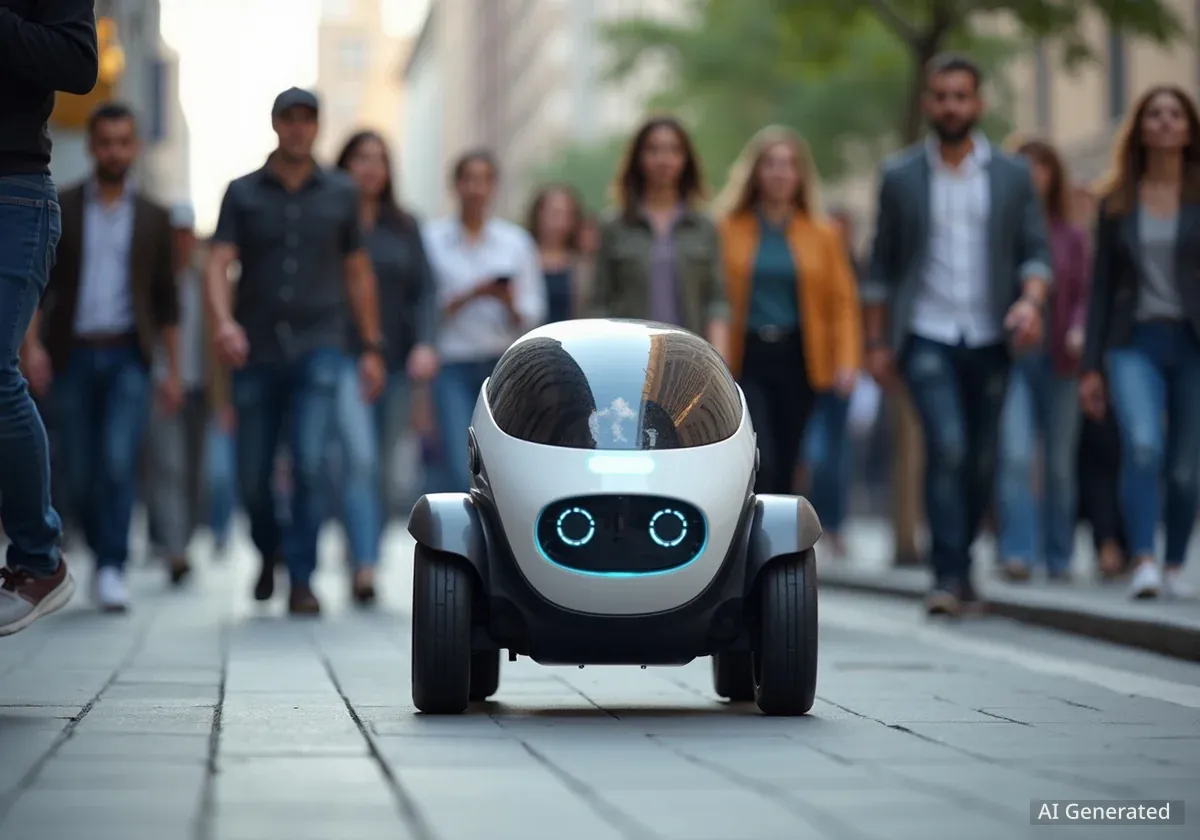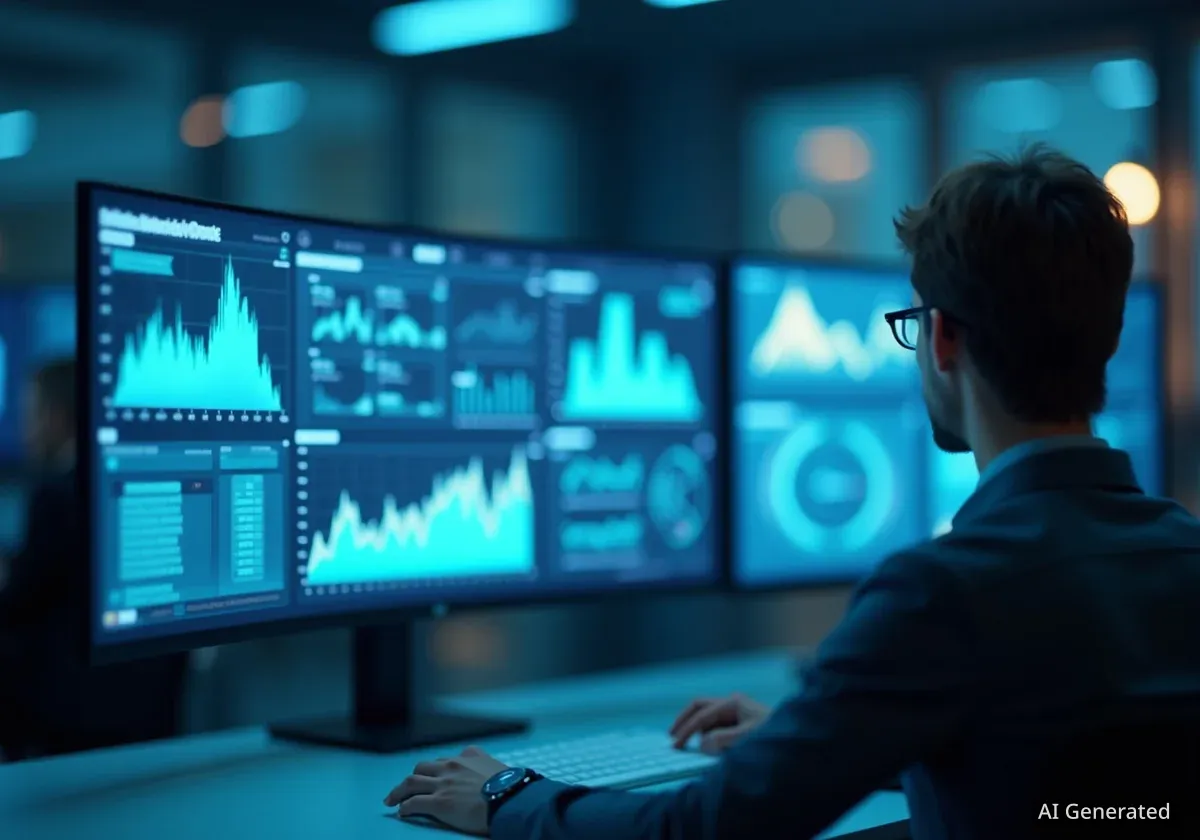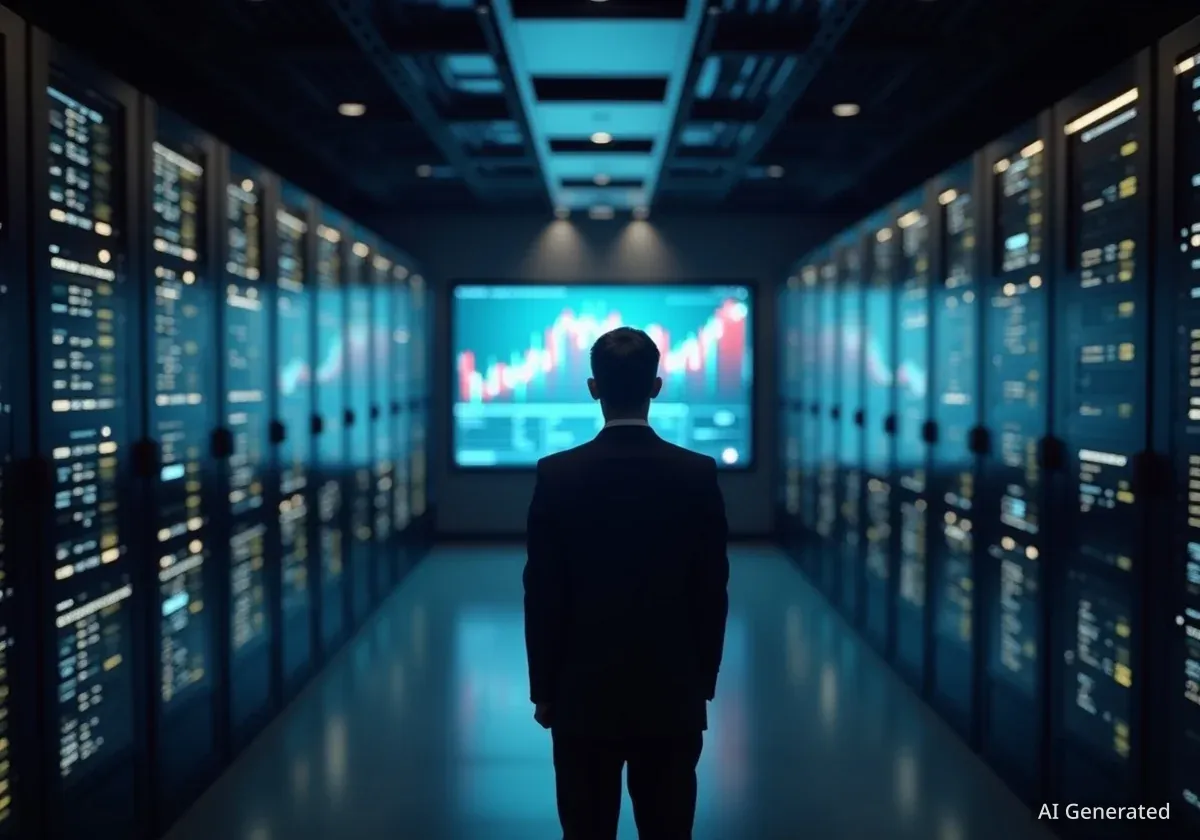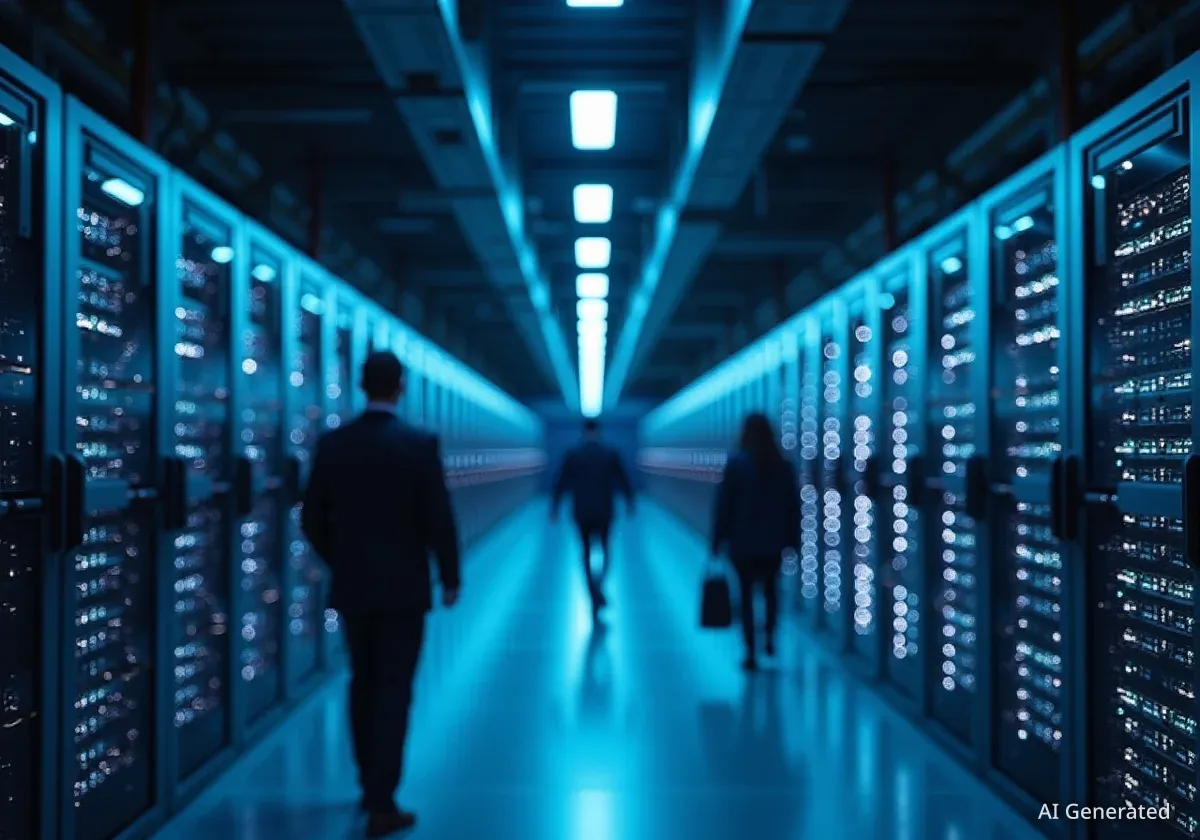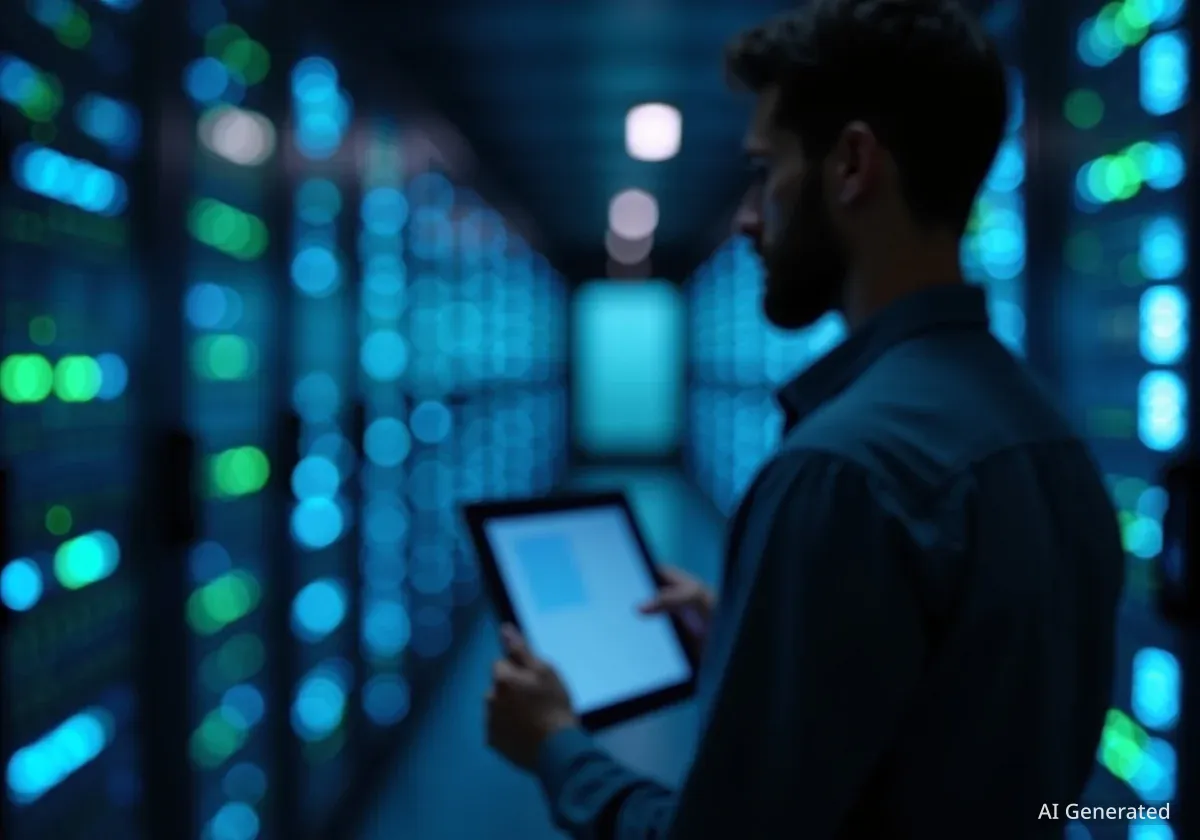Serve Robotics, in partnership with Uber Eats, has deployed a fleet of autonomous food delivery robots in several U.S. cities, including Atlanta. While the company promotes the technology as a solution for urban traffic and emissions, the robots have encountered operational difficulties and a mixed response from the public, raising questions about their practicality and the broader implications of automation in public spaces.
Key Takeaways
- Serve Robotics has introduced autonomous delivery bots in cities like Atlanta and Los Angeles for short-distance food orders.
- The robots frequently struggle with urban environments, getting stuck on sidewalks and causing obstructions.
- Public perception has shifted from initial curiosity to a mix of acceptance, annoyance, and skepticism.
- Critics and experts raise concerns about corporate data collection, lack of public input, and unregulated AI algorithms.
- Despite company claims of efficiency, real-world use has proven inconsistent for some consumers.
Autonomous Delivery Expands to Urban Neighborhoods
Fleets of small, four-wheeled delivery robots have become an increasingly common sight on the sidewalks of major American cities. Serve Robotics, an AI-driven company, has rolled out its devices in locations including Los Angeles, Dallas, and most recently, Atlanta. These robots, often given human names like "Courtney" and "Orion," are designed to handle last-mile deliveries for services like Uber Eats, typically for distances of one mile or less.
The machines are equipped with an array of sensors and blinking LED lights that simulate eyes. Their purpose, according to Serve Robotics CEO Ali Kashani, is to make cities safer and reduce emissions by replacing car-based deliveries. "If you’re lucky to live in one of these cities, you see it today," Kashani stated. "If not, probably in a couple of years, it will be something that everybody will have seen in their environment."
A Growing Trend in Automation
Serve Robotics is not alone in this field. Companies like Avride and Coco Robotics have also deployed similar delivery fleets in various urban and suburban areas. This expansion reflects a broader push within the tech industry to automate services traditionally performed by humans, from transportation with driverless cars to local commerce with sidewalk delivery bots.
Operational Challenges and Shifting Public Opinion
Despite their futuristic appearance, the robots' integration into city life has not been seamless. In Atlanta, residents have observed the bots struggling to navigate complex urban terrain. They often appear hesitant at crosswalks, move at inconsistent speeds, and become stuck in sidewalk cracks, sometimes remaining stationary for long periods.
When the robots first arrived, they were a source of public curiosity, with many people taking photos and sharing videos on social media. However, after several months, this novelty has faded. For many cyclists and pedestrians, the bots are now simply another obstacle to navigate. They are often seen clustered outside partner restaurants, such as Shake Shack, forcing patrons to walk around them.
This experience is not unique to Atlanta. In Los Angeles, one of the first cities where Serve robots were deployed, a man with cerebral palsy reported that a robot repeatedly blocked his path on the sidewalk, eventually colliding with his mobility scooter. The incident highlighted concerns about the technology's ability to safely share public spaces with all members of the community.
Corporate Strategy Meets Public Skepticism
Serve Robotics has made efforts to make its robots appear approachable. The company gives them friendly names and has even used them for social campaigns, such as a rainbow-painted robot named "Marsha" for Pride Month. Kashani explained that while a friendly design can help prevent abuse, the primary goal is to create a positive presence. "We want the robots to be friendly and fun and embraced by the communities they go to," he said.
"People think they are your friends, but they’re actually cameras and microphones of corporations. You’re right to be nervous."
However, some technology critics argue that this humanization is a deliberate business strategy. Edward Ongweso Jr., a tech journalist and researcher, suggests that such tactics are meant to make the public more accepting of technology that is introduced without their consent. "If you humanize it, you’re more willing to entertain it and rationalize it being in your area... instead of seeing it for what it is, which is a bunch of investors privately encroaching on a community," Ongweso Jr. said.
He further noted that the deployment of these robots is often a top-down decision, with little to no input from the residents who must share their sidewalks with them. This lack of choice, he argues, contributes to public annoyance and skepticism.
Deployment in Affluent Areas
In Atlanta, Serve Robotics launched its initial fleets in some of the city's most walkable and wealthiest neighborhoods. Critics question the necessity of automated delivery in areas where an estimated 50,000 residents live within walking distance of dozens of restaurants, suggesting the service targets convenience for a demographic that needs it least.
Efficacy, Regulation, and the User Experience
The practical effectiveness of the robot delivery service has also been called into question. One journalist reported attempting to receive a delivery via robot a dozen times over two months from restaurants within the service area. In every instance, the order was fulfilled by a human on a bicycle, often in 15 minutes or less. Despite living just a third of a mile from a robot hub, a bot delivery never materialized.
According to Serve, its robots' average delivery in Atlanta is under a mile and takes approximately 18 minutes. The company also promotes cost savings for consumers, with Kashani pointing out one key advantage: "You don’t have to tip the robots."
Beyond performance, experts have raised significant concerns about the lack of oversight for these autonomous systems. Dylan Losey, an assistant professor of mechanical engineering at Virginia Tech, worries that the AI algorithms controlling the robots are "completely unregulated."
"We don’t know if a third party has checked the hardware and software and deemed the system ‘safe’ — in part because what it means for these systems to be ‘safe’ is not fully understood or standardized," Losey explained. This places the public in a position of trusting that the companies have prioritized safety without independent verification.
The Future of Automation in Public Life
The introduction of delivery robots like those from Serve Robotics represents a tangible step toward a more automated future. While proponents envision cleaner, more efficient cities, the reality on the ground highlights significant challenges. The debate extends beyond simple convenience to fundamental questions about public space, corporate influence, labor displacement, and the safety of unregulated AI.
As these technologies become more widespread, communities and policymakers will face increasing pressure to address these issues. The experience in cities like Atlanta serves as a real-world case study on the gap between the promise of automation and its complex, often disruptive, implementation in daily life.

